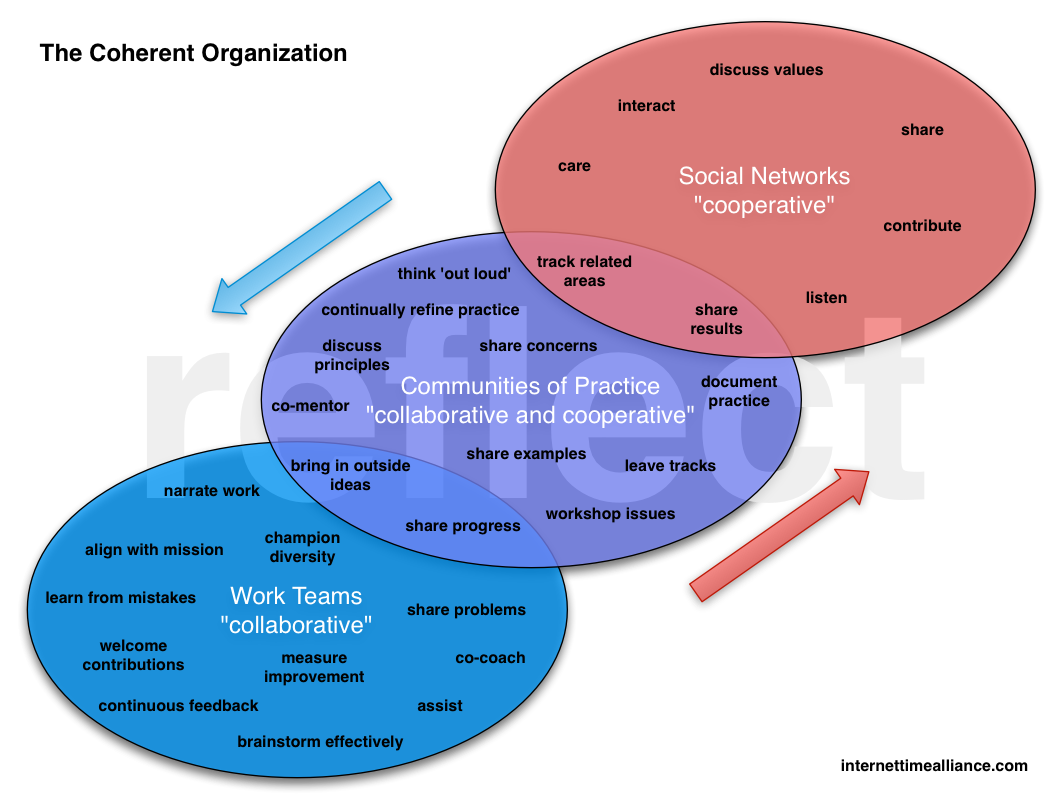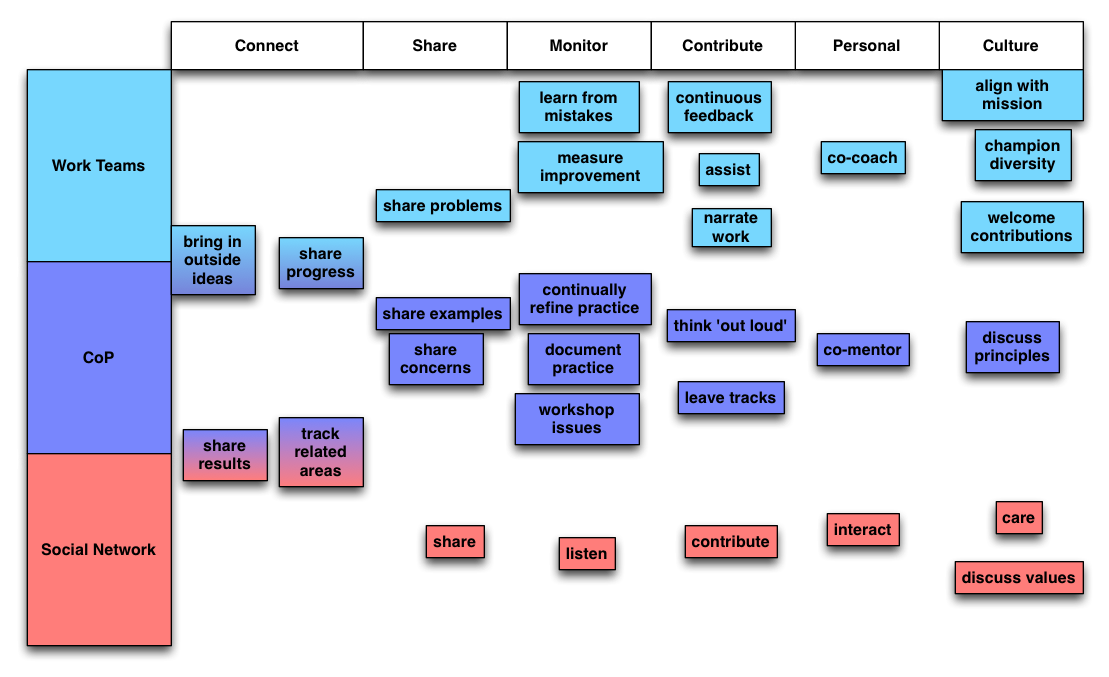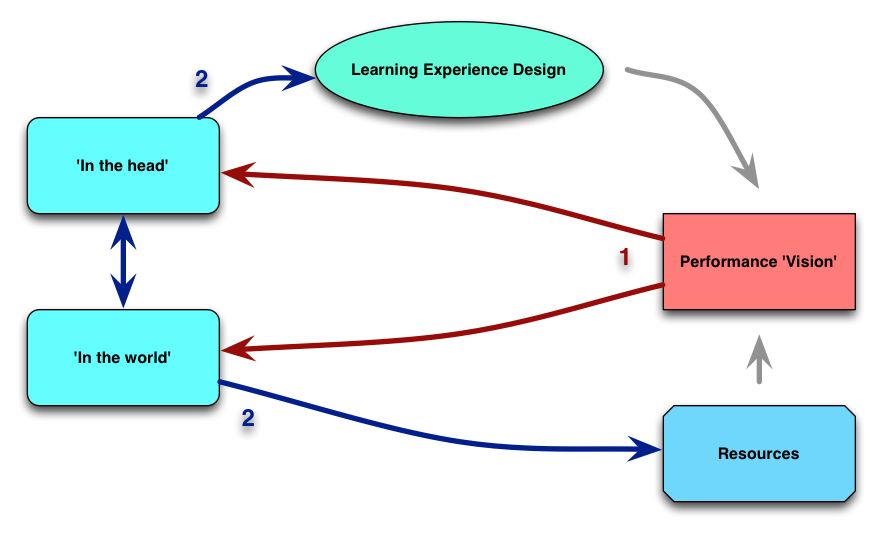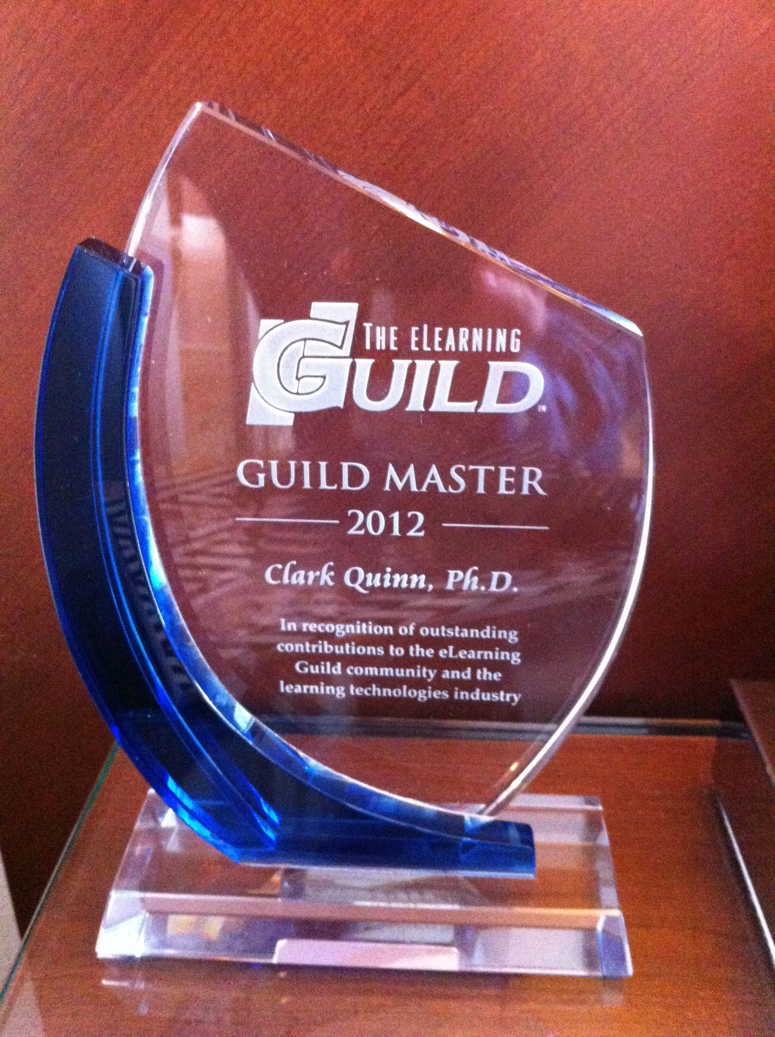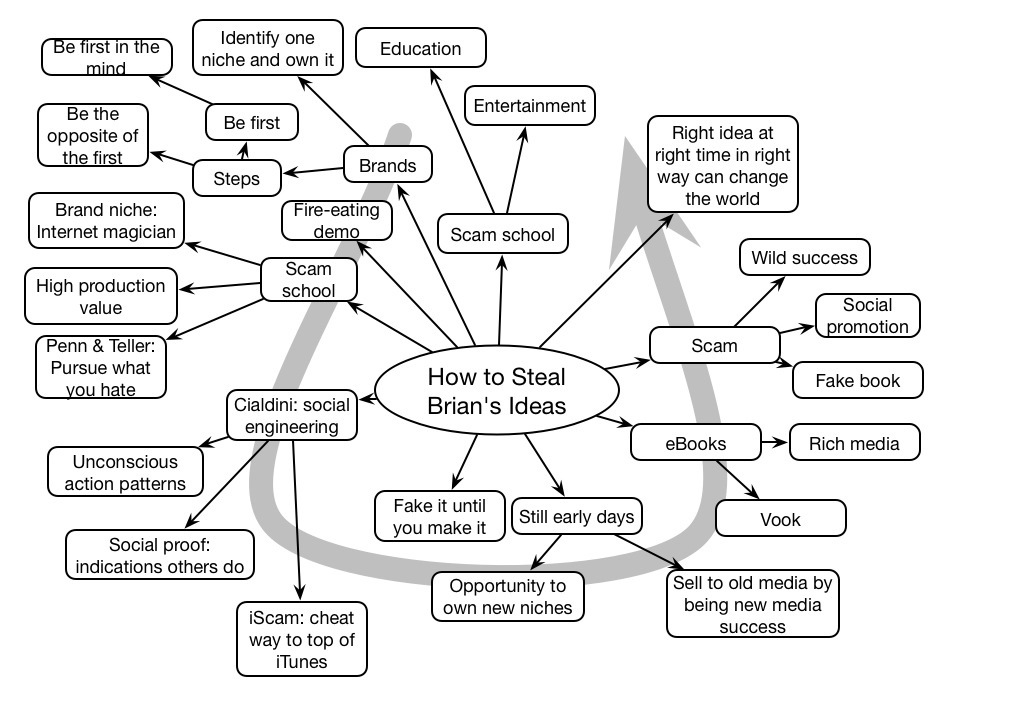I was engaging in a mobile strategy session with a small not-for-profit the other day, and naturally it became an overall technology strategy session, as you really can’t do mobile strategy without considering social media strategy, learning technology strategy, even enterprise technology strategy. Mobile is a platform for all of the above, and you
One of the questions they struggled with was their social media strategy, as they were (as many people are) struggling with their existing workload. And there are lots of elements that can, and should, play a role. But their problem was really much simpler.
They had a Facebook page, and a twitter account, and a blog they had a placeholder for, and they couldn’t figure out how they were going to populate these. They were naturally concerned about what to blog, what to put on the Facebook page, what they would tweet about, and how they’d get the content for it, and keep it up.
The interesting thing was as we discussed it, talking about what a wide variety of material would make sense: reviews of relevant articles, updates about courses, etc, they started realizing that the content they needed was regularly being produced already. One enthusiastic staff member was always sending emails about things they should pay attention to. They also had notices about courses they were offering. And there was a regular stream of events that occurred.
It became clear that there was a lot of content available from their various channels, what they needed was curation. I was reminded of the fabulous job David Kelly does in curating conferences, and it’s largely the same set of skills (here’s Jane Hart interviewing Dave on the topic). Curation in many ways seems just an external manifestation of Harold Jarche’s Personal Knowledge Management (an extension of the share part of seek-sense-share).
It seemed plausible that they could give a few hours a week to a young person eager to add ‘social media’ to their resume who would do a minor bit of editing and get this to their blog. They wondered whether Facebook should have the same, and in this case the answer appeared to be ‘yes’ (blog allows RSS, some folks don’t go onto Facebook), and then the tweet stream could be for shorter pointers, announcements from the posts, whatever.
The result was that they had a simpler path to a coherent approach than they had realized. There’s more: it’s an org change and there’d have to be the usual messaging, incentives, etc. It’s only a start, but it gets them going while they develop the longer term strategy integrating mobile, web, social media, etc. Do you have a social media strategy in place, and is there emergent content from within your organization?
